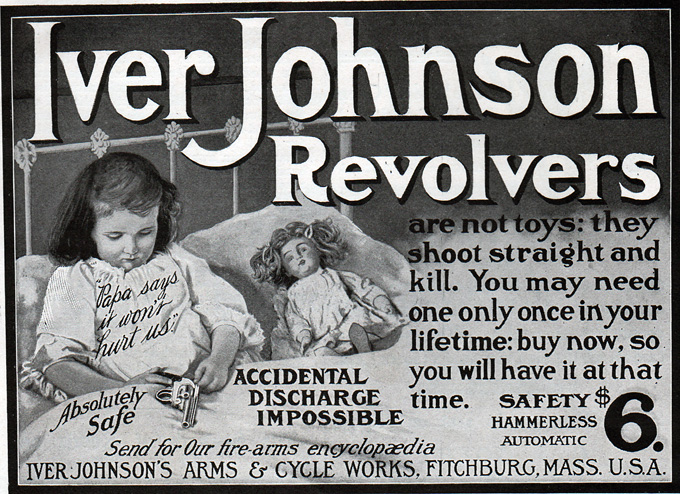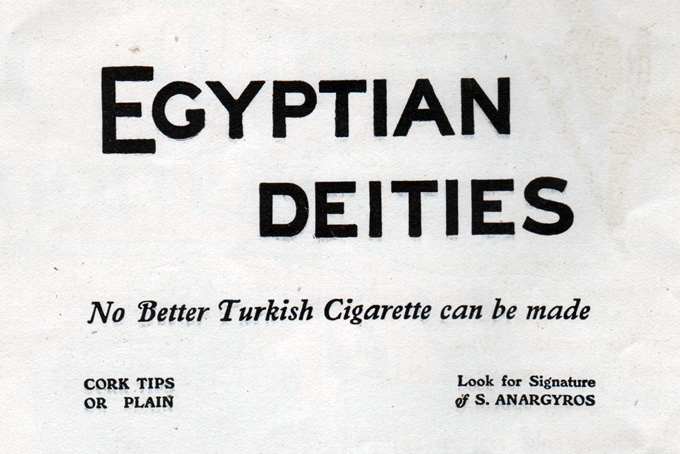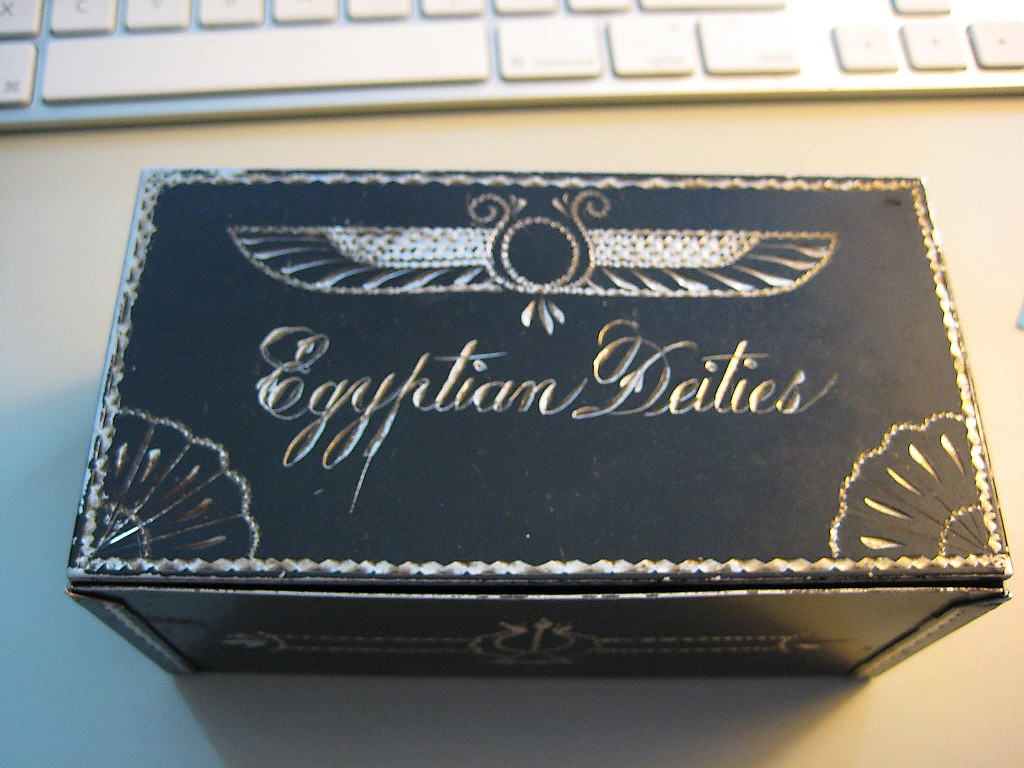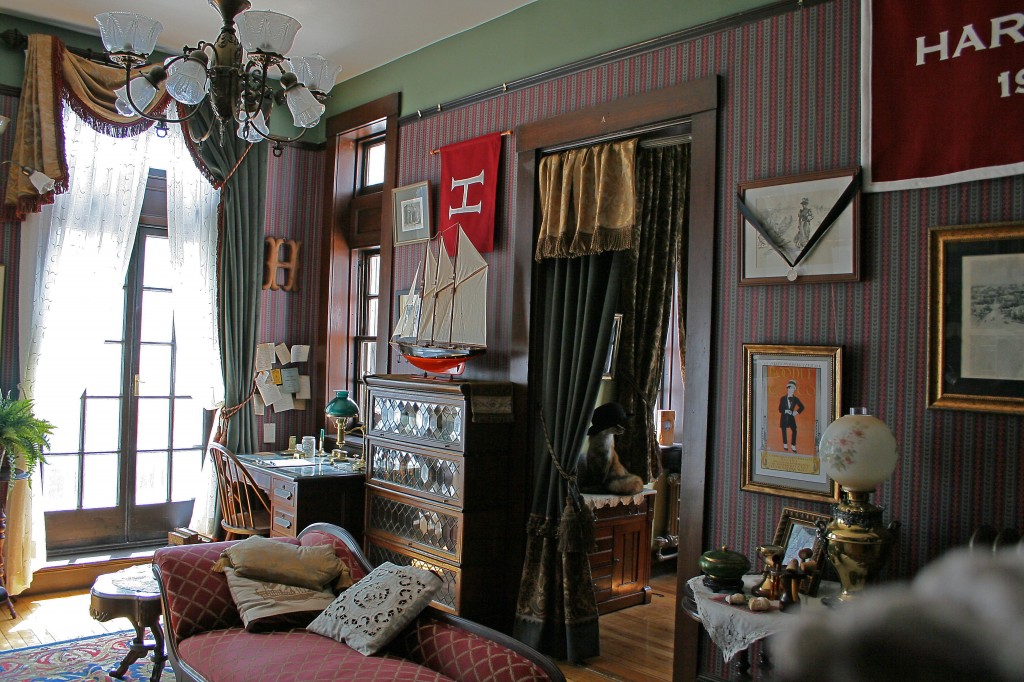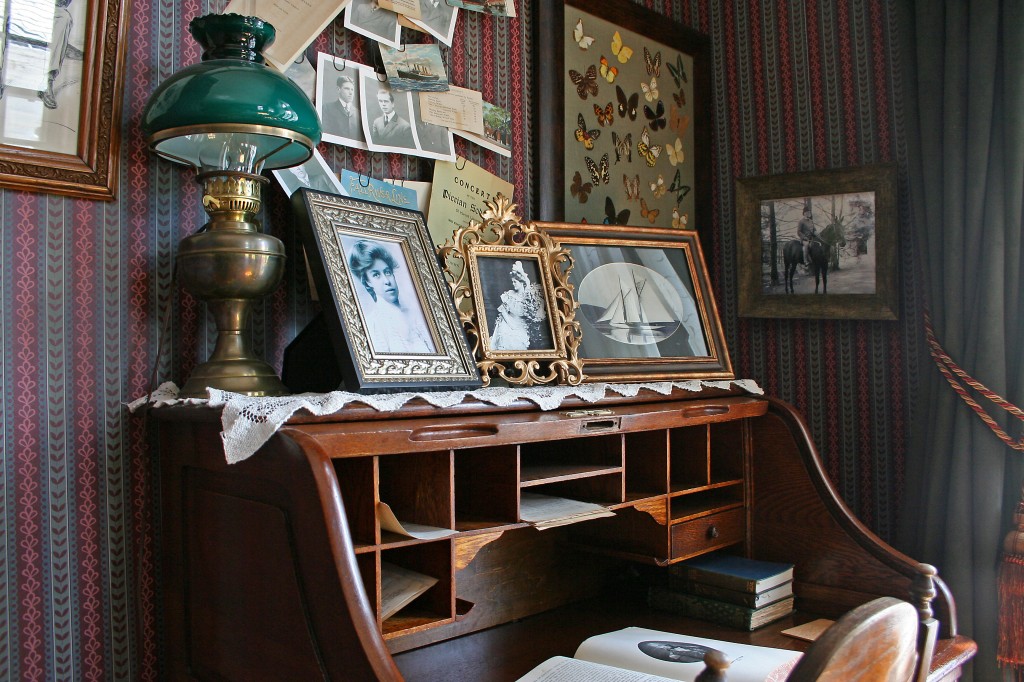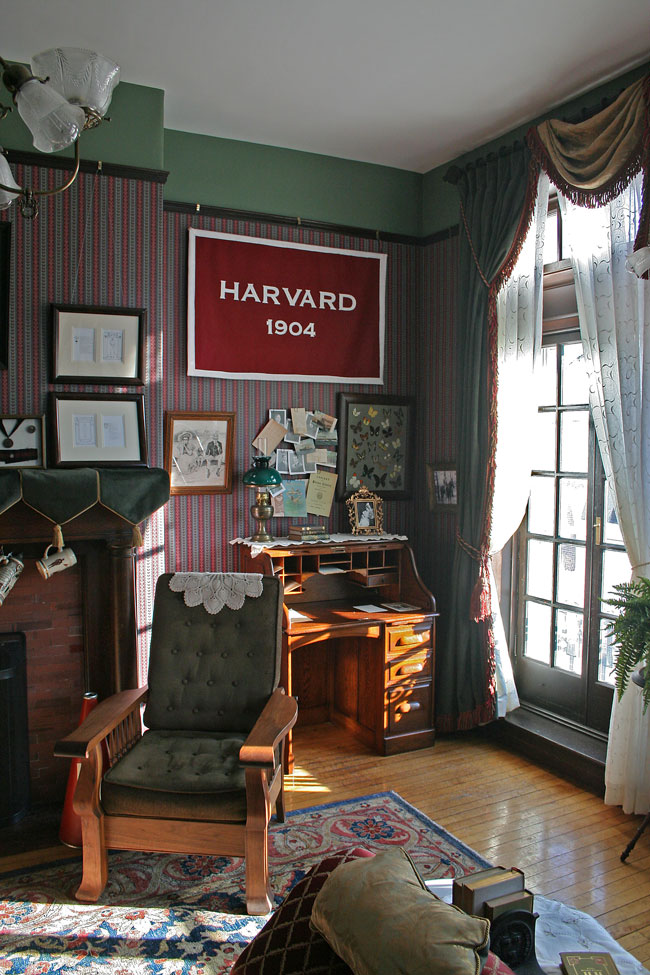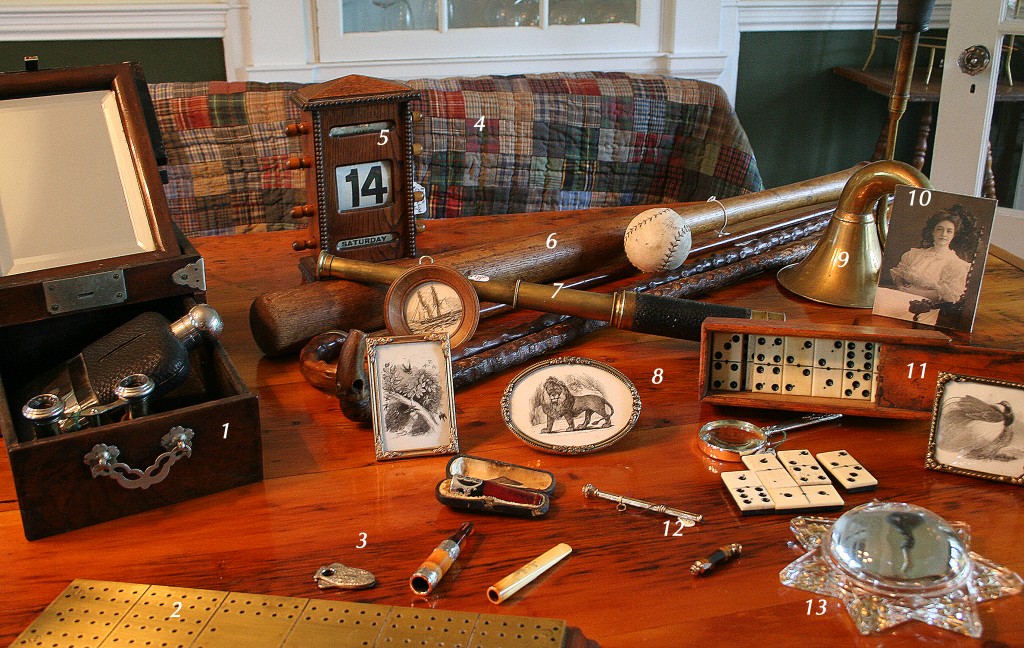
So I’ve just returned from three delightful afternoons wandering the Brimfield Antiques Fair. For those of you not familiar with this thrice-annual event, Brimfield is the nation’s largest antiques fair, spread across two miles of fields on either side of Route 20 in historic Brimfield Massachusetts, about an hour west of Boston in the rolling Worcester Hills. Antiquers come from all over the United States to hawk their wares, and it’s one of the best places on the globe to track down hard-to-find items. There a vendors selling just about anything you can think of, from bits of old buildings to fine furniture to radio tubes for that 1935 RCA tabletop you’ve been trying to repair. It’s all here: the trick is finding what you want when you want it. I’ve long since given up trying to acquire any one particular item on any one visit; I simply go with a goal in mind, and see where the spirits send me.
This year I went with an eye open for three things: a spinning Victorian bookcase for the study; a wall shelf for FDR’s bedroom, and some new/old quilts for the beds. What I brought home is pictured above, on my dining room table (itself another Brimfield discovery from a decade or so ago.) You see I found the quilt!! (no. 4) hanging at the rear of the picture above.
(But just the quilt… lol. You can click on the photo to expand it greatly.)
Actually, the quilt comes with an interesting back story. We know FDR had one, because he writes Sara very early in his freshman year “”The delightful rug & quilt came today & are too pretty, the rug is already down & looks so well. I am using my old quilt to cover my trunk and rooms is [sic] perfect now.” Over the years, I’ve seen many vintage quilts at the Fair, but I’ve been hesitant to buy old, fragile items for actual use, especially bedding, which is particularly subject to a host of potential woes. Then just as I was leaving on my last day, I ran into a very pleasant lady named Jennifer Pate. I immediately spied the quilt above, and inquired: “Is this your best price?” (Standard practice at a fair where everything is negotiable.) She looked at me and said: “You look familiar!” So, a quick explanation and detour into my Victory Garden hosting days. (Being on PBS is funny; people often recognize you, but they can’t quite figure out from where. My favorite was a woman a few years back who exclaimed: “A yes, the Victory Garden, I’ve watched that show every week for 30 years. What do you do?”)
After we got the TV introductions over, Jennifer said to me: “Michael, let me tell you. I used to teach home economics until our school system decided that children didn’t need to know practical things anymore and that Home Ec. was not a career path. I found that I could either go sell fabrics at my local craft store at minimum wage, or try to do what I always wanted to do, and be an artist. Look at this quilt. I make each one myself. Every one of these squares is handcut & sewn, all from shirt fabric, just like they used to be. The backs are dyed with tea leaves to replicate antique dyes. Some of these quilts take several days to complete. Does $240 not seem a good price, especially for something that should last a lifetime?”
Point taken. Quilt sold. (I bought one for my bed too.) This one is going to FDR’s bed, which pleased Jennifer no end.
So what else did I acquire? Well…
1) A late Victorian wood and silver traveling box for bath and shaving items, with a fold up mirror, for Lathrop’s bedroom. In the drawer: a ca. 1900 silver, glass and leather flask (handy at those chilly football games) and a pair of opera glasses, for those theater evenings when orchestra seats aren’t available.
2) A solid brass and wood cribbage board.
3) A collection of smoking implements; the silver thingie is a cigar cutter, along with two cigarette holders, and a cigar holder, for the study.
4) The aforementioned quilt.
5) A Victorian perpetual calendar for FDR’s desk. In good condition these are quite rare, as the fabric rollers are very fragile: to use, you just roll the wooden handles to advance the printed rolls. Today’s date? Why, Saturday, May 14, 1904, of course.
6) A ca. 1900 baseball bat and ball, for the study. (FDR managed the baseball team at Groton.) Still looking for a good quality mitt.
7) A beautiful solid brass and leather telescope, in perfect working condition, part of our nautical collection for FDR. (And very handy, too, to discreetly peer at all those lovely Gibson girls strolling down Mt. Auburn Street.) Beneath are several wood and silver walking sticks for the front hall.
8 ) A charming collection of small Victorian prints, in silver frames, (one round wooden) for the study.
9) Oh, I love this! It’s the brass horn off an early Franklin touring car. The story goes that ol’ Lapes stole it off Dean Brigg’s motor as part of his Dickey initiation. It still works, and is loud enough to wake the dead. (I know, my dog is still in hiding.) Now hanging on the wall of the study in gratefully silent testimony to that nocturnal triumph.
10) A very beautiful young lady of no known associations. I just thought she was lovely, and bought her for five bucks. I will frame her, and put her on Lathrop’s desk. He needs a girlfriend.
11) A period set of dominoes. Bone and ebony.
12) Oh, now here’s something, the subject of a future piece. These are, from an era before portable pens, gentlemens’ pencils, which when attached to one’s watch chain are perfect for writing stock orders or noting a dance card at the waltz. The smaller one is silver and tourmaline; both are ingeniously retractable.
13) A Victorian star paperweight: items placed underneath are magnified up into the globe.
The best part: the most expensive item on the table is the calendar, at $300. Everything else besides the quilt was under $100, most items well under $50.
And all these bits of Brimfield bounty – entirely thanks to supporters like you.
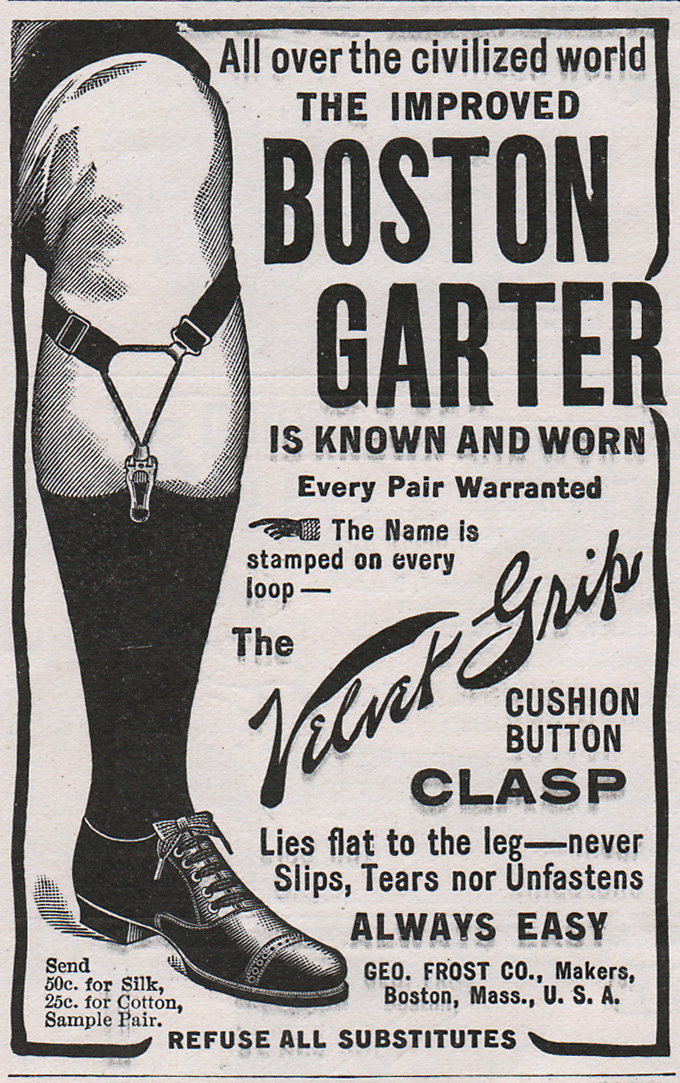 And here’s something that totally fascinated me. Throughout the Crimson pages, I found example after example of this ad:
And here’s something that totally fascinated me. Throughout the Crimson pages, I found example after example of this ad:
